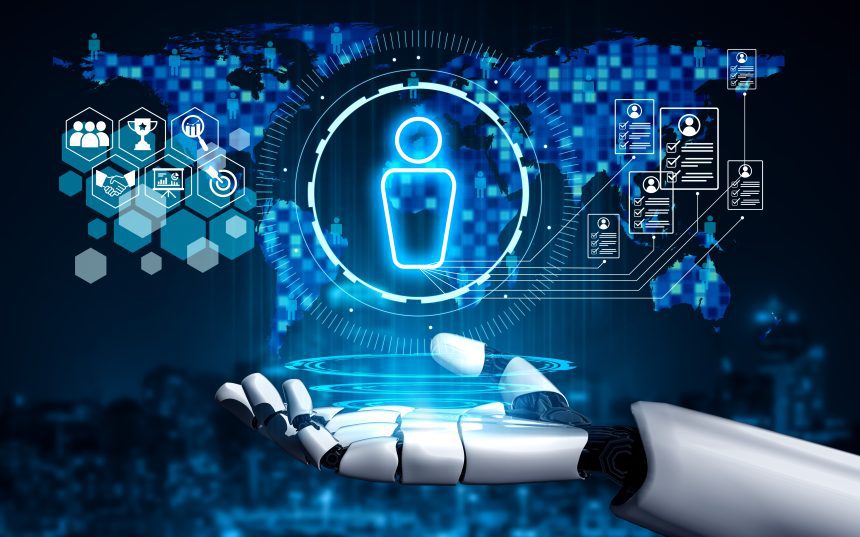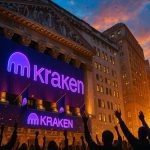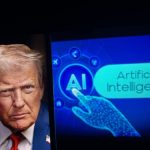The tech race isn’t on the way; it’s already running. AI blew past the hype and stepped into the ring. In the U.S., the biggest players are stacking a $500 billion war chest just for AI. Not a trend real power is shifting. Every serious conversation loops back to it because that pile of capital is more like support beams than a piggy bank.
“War chest” once belonged to campaigns and generals. Now it’s a Silicon Valley tool. Money is flowing into chips, giant cloud sites, private fiber, and people. Whoever lays tomorrow’s digital rails sets the tolls. It’s an arms race built from code and silicon and yes, a lot of late nights.
Half a trillion has its own pull. Aim it at one frontier and industries bend. This isn’t tinkering; it’s ownership. The U.S. wants to steer the next wave of computing, hire the minds behind the models, and set the beat of a machine-driven economy. Big tech has turned into big strategy.
For years, companies leaned on overseas partners. That’s flipping. AI is coming home because supply chains that once seemed smooth now look shaky. And AI is too important to leave exposed. So the shift makes sense.
Look at the titans. Microsoft expands Azure while teaming with OpenAI. Google rebuilds search and cloud and designs its own chips. Amazon fuels AWS to scale machine learning. NVIDIA ships the GPUs and runs its own labs. Apple keeps it quiet and folds on device smarts into a tight ecosystem. Different roads, same goal.
Robots may grab headlines, but the real fight is infrastructure. Hyperscale data centers are the new oil fields. Private fiber, custom chip plants, and clean energy grids form the backbone. Coal once ran factories. Now algorithms run business. That’s the pivot.
Still, none of this matters without people. Engineers, data folks, ethicists they’re in short supply and high demand. Salaries jump. Competition stings. For smaller players, losing the hiring game can end the story. People still tip the scales.
Chips are the air AI breathes. No semiconductors, no progress. That’s why the U.S. is funding chip plants at speed. It isn’t panic it’s prudence. If GPUs are gold, fabs are the vault. Simple.
The cloud is moving closer, too. Hyperlocal AI centers bring lower lag, better privacy, and more control. Think cloud with a local address. It feels faster because it is.
Why the rush now? The pandemic and political friction showed how fragile global systems really were. And as the U.S. China tech rivalry sharpened, outsourcing started to look like a trap. Own your stack, or someone else owns you. Hard lesson learned.
Globally, the map is busy. Europe wrestles with red tape. China sprints with state help. The U.S. still leads on raw cash. But this isn’t a dash; it’s a long run that will redraw the power map for decades.
AI has also moved from business plans into security playbooks. Automation, cyber fronts, digital spying everything gets an upgrade. That $500 billion is strategy and shield. The arsenal now is algorithms, not missiles.
Startups aren’t watching from the stands. They’re in the splash zone. Money rushes in, deals pop, new partners form. Move with guts and you ride the wave. Move slow and it rolls right over you.
Regular people won’t feel a single big bang. It’s a tide better apps, sharper scans at the hospital, smoother banking, smarter tools at work. Then one day it’s everywhere, and somehow it just feels normal.
But hype can outrun reality. Overbuilding happens. Systems get too complex. Burnout is real. And momentum? It fades if you stop feeding it. Even a half trillion plan can stumble.
So America’s edge will depend on clear rules, earned trust, and steady invention. One constant remains: AI is the engine of now. Whoever drives it writes tomorrow’s rules.
In the end, this isn’t just a corporate contest. It’s a human turn of the page. Health, money, messages, defenseAI threads through all of it. Already here. Inevitable.






















